Treatment brings near-total relief from abdominal pain
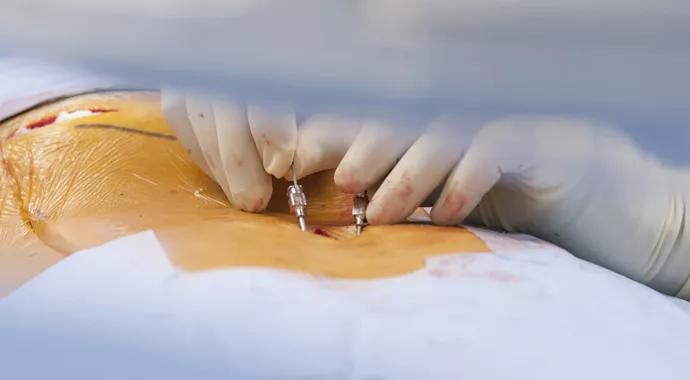
Claire A. (a pseudonym to protect privacy) is a 43-year-old female who was referred by Cleveland Clinic gastroenterologist Maged Rizk, MD, to Cleveland Clinic’s multidisciplinary Chronic Abdominal Pain Clinic in the Department of Pain Management.
Cleveland Clinic is a non-profit academic medical center. Advertising on our site helps support our mission. We do not endorse non-Cleveland Clinic products or services. Policy
Claire A.’s extensive workup had ruled out cancer but had not revealed a clear, identifiable gastrointestinal cause for her pain. She partially attributed the pain to having had a hysterectomy five years earlier, though follow-up evaluations with her gynecologist did not identify any complications from this surgery.
Her pain was located in the left upper quadrant of her abdomen and radiated toward her umbilicus. The sharp, burning neuropathic pain ranged from seven to 10 out of 10 in intensity. Eating made her pain worse, and by avoiding eating, she had lost 30 pounds over a few months. She reported that she slept only three hours a night due to her discomfort.
She had tried multiple medications, including opioids and membrane-stabilizing medications, including gabapentin and pregabalin, though none helped her significantly and they contributed to her feeling sedated and confused. She continued to work, but only part time, due to her discomfort and the side effects of the medication.
Given her history, Claire A. was a good fit for the Chronic Abdominal Pain Clinic. Says Dr. Rizk, “We use a team approach to abdominal pain, making sure all healthcare providers are on the same page. We determine the etiology of the abdominal pain, ensure that nothing life threatening is identified and use sustainable means in our approach. After an extensive GI evaluation, Claire and I discussed the importance of using another approach to her pain.”
“The first procedure we performed was a diagnostic celiac plexus nerve block under fluoroscopy, to help in diagnosing and at least temporarily treating a visceral neuropathic component of her pain,” says her surgeon, Bruce Vrooman, MD, an anesthesiologist in Pain Management. “Claire had relief for two weeks after the first block and for one month after a repeated block. A third block provided relief again for one month, and she was able to tolerate food better and be more active at home and at work.”
Claire A. said that she valued the pain relief provided by the celiac plexus nerve blocks but did not wish to drive hours from out of state to Cleveland every month. “So we discussed a trial of a dorsal column stimulator, or ‘spinal cord stimulator,’ as a therapy to help treat her chronic, intractable visceral and truncal pain,” says Dr. Vrooman.
In September 2014, Dr. Vrooman and the surgical team performed a one-week stimulator trial with two flexible leads advanced to the T5 level in the epidural space. The leads were connected to an external generator during the trial when the patient experienced greater than 90 percent pain relief and had improved performing activities of daily living. The stimulator produced a comfortable sensation over previously painful areas.
“Based on her successful trial, we subsequently performed an implantation of a stimulator system comprising two leads and a rechargeable generator,” says Dr. Vrooman. “She was given a remote control device to help in programming her stimulator.”
The patient reported much improvement at her postoperative visit as well as three months later, when she came in for a follow-up and reported almost full resolution of her abdominal pain. Claire A. said her greatest satisfaction came in knowing she could eat without pain. She decreased her opioid use to nil and also discontinued other pain medications. Soon the patient returned to work full time and was able to exercise and perform activities that once caused her pain.
At the Chronic Abdominal Pain Clinic, each patient’s pain story is unique. The multidisciplinary team of gastroenterologists, surgeons, psychologists and pain medicine physicians helps in identifying a cause of the pain and also in treating pain.
“Successful treatment through counseling, medication adjustment, or performing procedures when indicated can be rewarding to a patient, a patient’s family and the physician alike when a patient feels better, regains control of basic functions and goes on to lead an active life,” says Dr. Vrooman.
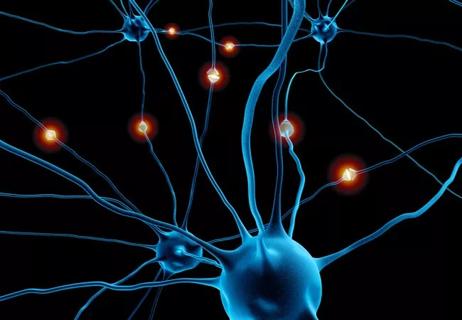
Randomized controlled study takes a closer look

Strong understanding of the abdominal anatomy is key
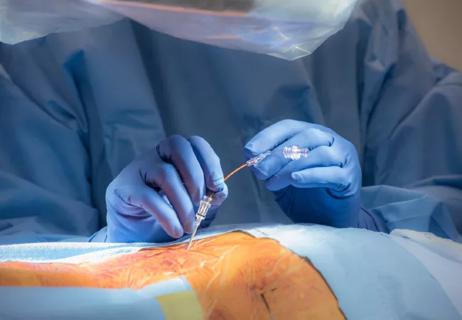
Experts compare DRG stimulation to traditional SCS
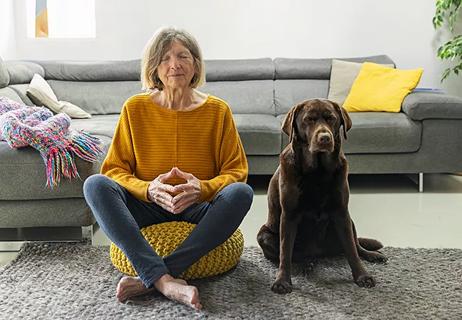
Two-hour training helps patients expand skills that return a sense of control

Program enhances cooperation between traditional and non-pharmacologic care

National Institutes of Health grant supports Cleveland Clinic study of first mechanism-guided therapy for CRPS

Pain specialists can play a role in identifying surgical candidates
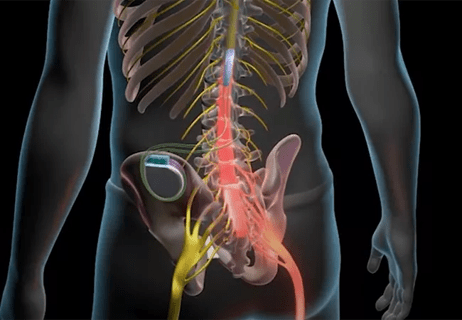
Individual needs should be matched to technological features